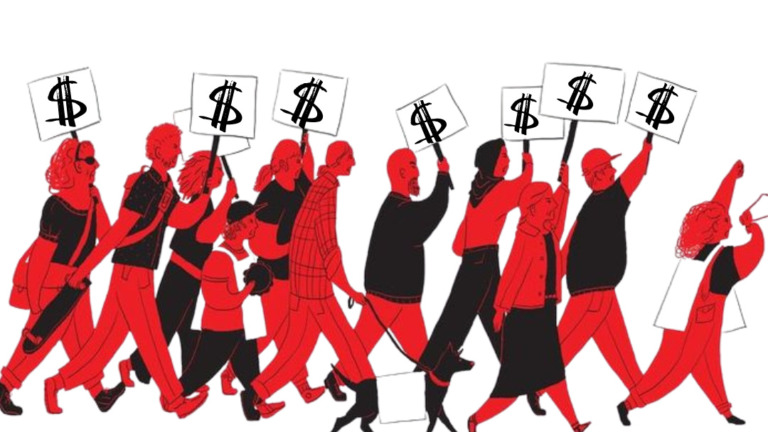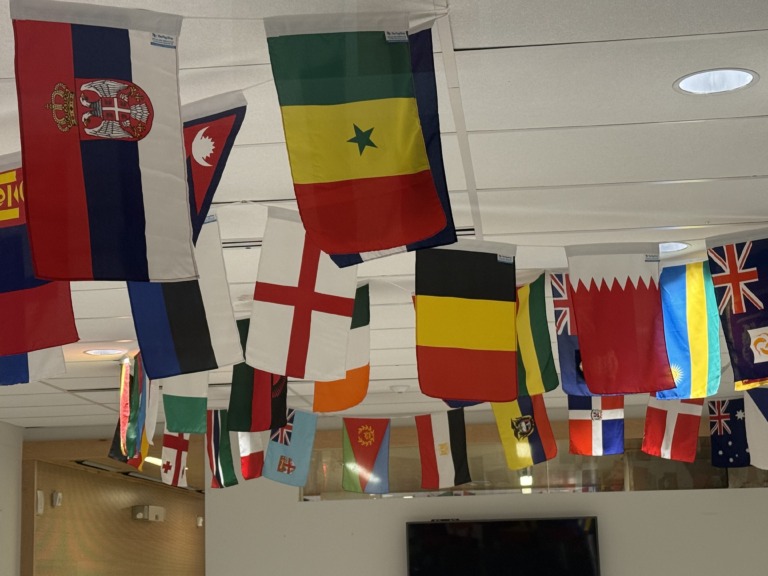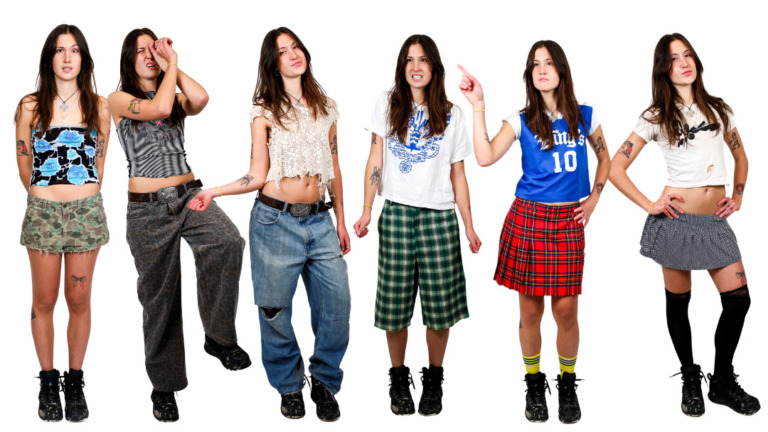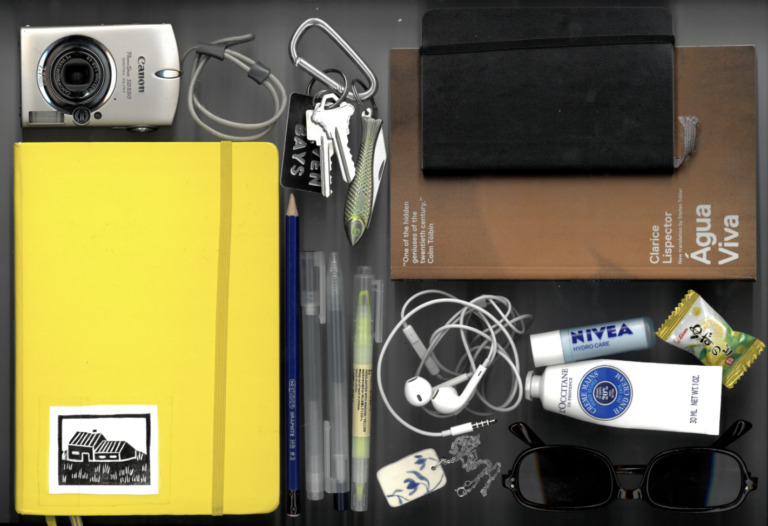
Indigenous designers fashion fuel
Twin Mi'kmaq artists streetwear brand one-of-a-kind
Mi’kmaq twins Chris and Greg Mitchell are a Haligonian force to be reckoned with. They’re known for their streetwear designs depicting Mi’kmaq emblems such as the double-curve motif and spreading First Nations messages such as “Sage and Decolonize.”
The innovative designers believe their apparel is for everyone to wear and enjoy – regardless of background, heritage or race. Fans can be sure that the Mi’kmaq-inspired designs they are sporting are an accurate and undistorted representation of the Mi’kmaq legacy.
The twins began their entrepreneurship into the medium of wearable art with a different idea in mind: Allnighters.
“When we were in college, we originally had a clothing brand, but it was all like, pizza – that kind of stuff.”
“So, we already had experience doing, you know, clothing,” they said, “but we wanted to have some traditional Mi’kmaq designs to wear while we were in New York.”
Getting started by sharing their culture
The move into creating a Mi’kmaq clothing brand was an organic one. They’d been interested in sharing their culture with their friends while they lived in New York for post-secondary.
“We couldn’t really find the exact traditional Mi’kmaq designs we were looking for, so yeah – we were already doing paintings and beadwork of Mi’kmaq stuff and we decided to put it on the clothes so we could wear them. And it went from there.”
“People keep asking us to put our logo on stuff so we will continue to make Mi’kmaq stuff, but also more things with our logo on them.”
Greg and Mitchell look for inspiration from current trends. Vancouver-based clothing brand Section 35 is a similar “contemporary streetwear,” style they aim for that’s also designed by First Nations.
“And you got The NTVS; they’re an American brand. They do a lot of cool stuff. OXDX is another big brand – they’re similar to the other Native brands.”
“You want to differentiate yourself to be like, Eastern woodlands and the Maritimes and First Nation culture, rather than a more Western image.”
Intertwining trends with Mi’kmaq culture
The boys are always thinking of new stuff.
“It’s kind of an open market and it’s never been done before — well, no one’s done it,” they say. “So, we do a lot research on Instagram. Just like, big brands like, Vetements and Off-White.”
If they see a look trending, such as long sleeve T’s with just print on the sleeves, they jump on the oppourtunity to bring a Mi’kmaq twist to the trend.
“So, we say ‘okay, so I’ll take this idea and make it Mi’kmaq.'”
After spending their summer going around to powwows around Canada they say they always received positive response. They’re main supporters seem to be a lot of First Nations peoples living in urban environments such as Toronto or Vancouver they muse.
“There’s only been one complaint,” they said.
The twins aren’t interested in chasing the money, though.
“It’d be nice to have more recognition of First Nations people in contemporary culture,” they said. “You know, so you can see that First Nations have a place in the whole entire culture. We’d like to be a respected brand.”
Inclusivity key to making it work
They believe that the shared experience of contemporary fashion can pull this together.
“Instead of being seen as just a museum exhibit, or like, ‘Oh, it’s only for Native people’ – instead like, anyone could be rocking clothing from a Native-owned brand.”
“When we create our designs, we keep in mind that we have a lot of friends and followers who aren’t First Nations.”
They have people coming to them often asking if they’re allowed to wear or buy the brand.
“We tell people like, ‘Yo, if we made something that only First Nations people would be allowed to buy then we wouldn’t really sell it.’ Because we don’t want to have that exclusionary brand where it’s like, ‘hey, members only.'”
Cultural appropriation is the adoption or use of the elements of one culture by members of another culture and these guys say they always keep it in mind.
“We see brands, you know, like Diesel or someone, who have a ‘native guy’ with a headdress on, and it’s inappropriate,” they made clear, “[if] you want the appropriate, authentic, accurate representation of it, then we have it.”
Check out Born In the North on Instagram @born.in.the.north or online at borninthenorth.com






